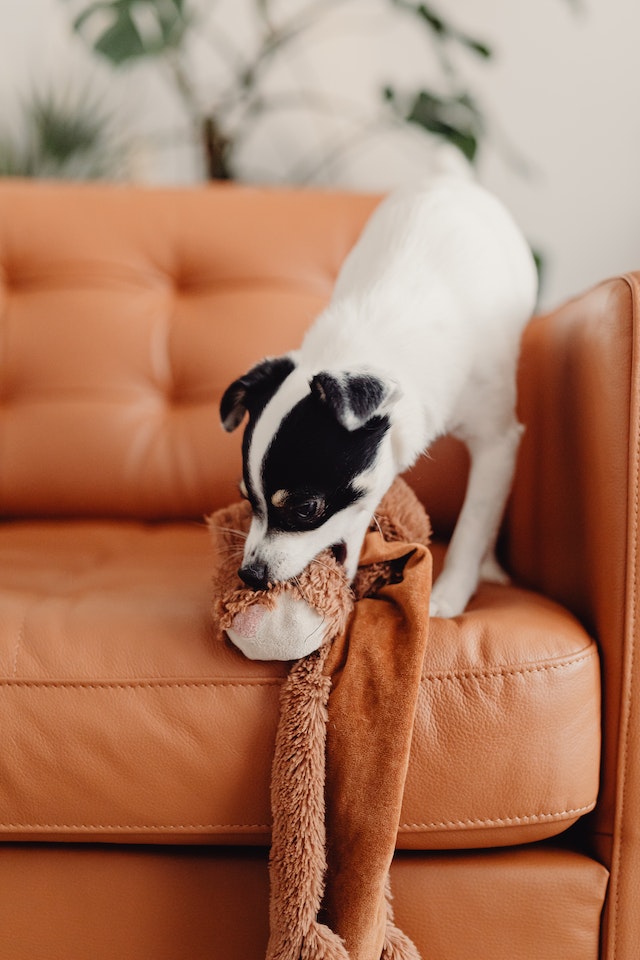Introduction:
Introducing dogs to each other is an important process that requires careful consideration and preparation. Whether you’re bringing a new dog into your home or introducing two unfamiliar dogs, safety should be the top priority. This article provides valuable insights on how to safely introduce dogs, avoid potential bites, and foster positive relationships between our furry friends.
The Importance of Proper Introductions: Setting the Stage for Success
A well-managed introduction lays the foundation for a successful and peaceful relationship between dogs. Understanding the significance of proper introductions is key to preventing conflicts and ensuring a smooth transition.
Building Trust and Confidence: Reducing Stress for Dogs Preventing Future Conflicts: The Impact of Early Interactions Establishing a Hierarchy: Letting Dogs Find Their Balance Why Rushing Introductions Can Lead to Problems
Preparing for the Introduction: Safety Measures and Considerations
Before the actual introduction takes place, it’s essential to take necessary precautions to ensure the safety of all dogs involved. Proper planning and attention to details can make a significant difference in the outcome.

Assessing Temperaments: Understanding Each Dog’s Personality Choosing the Right Environment: Neutral Territory vs. Home Safety Equipment: Leashes, Muzzles, and Barriers Managing Expectations: Being Patient and Flexible
Step-by-Step Guide: Introducing Dogs in a Controlled Environment
Following a structured approach can help ease tension and create a positive environment for the dogs to meet. A step-by-step guide ensures a gradual and controlled introduction process.
Start with Scent Introduction: Swapping Toys and Blankets Leashed Introduction: Keeping Dogs at a Safe Distance Parallel Walking: Allowing Dogs to Walk Side by Side Off-Leash Interaction: Supervised Free Play
Signs of a Successful Introduction: Observing Positive Interactions
Knowing how to recognize signs of a successful introduction is essential. Positive interactions and body language cues can indicate that the dogs are getting along well.
Relaxed Body Language: Signs of Comfort and Calmness Playful Behavior: Indications of Friendliness Respectful Boundaries: Dogs Giving Each Other Space Seeking Professional Help: When to Consult a Dog Behaviorist
Conclusion:
Safely introducing dogs is crucial to building positive relationships and avoiding potential bite incidents. By understanding the importance of proper introductions, preparing with safety measures, following a step-by-step guide, and recognizing signs of successful interactions, we can ensure harmonious relationships between our canine companions. Remember, patience, supervision, and a focus on the well-being of the dogs are key elements to a successful introduction process.




